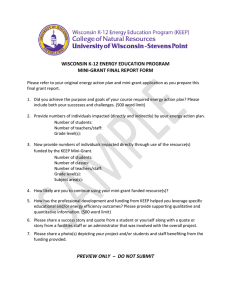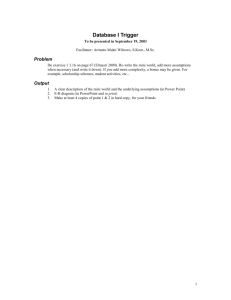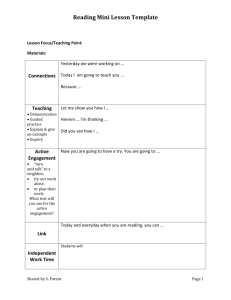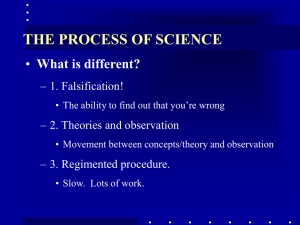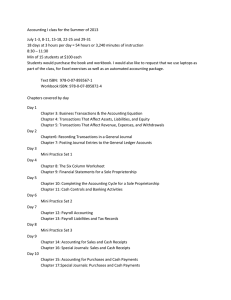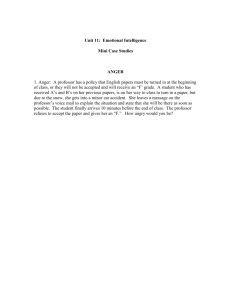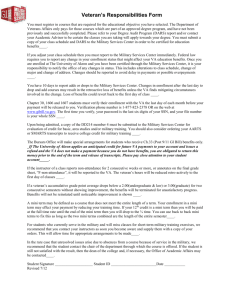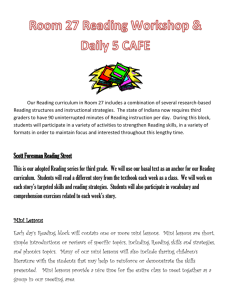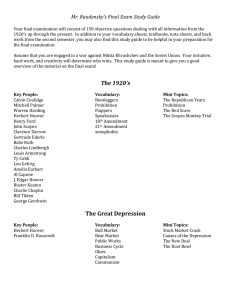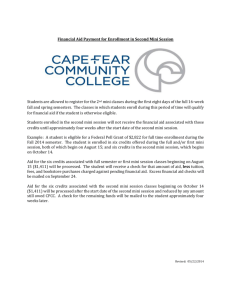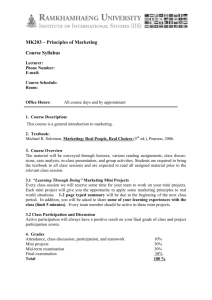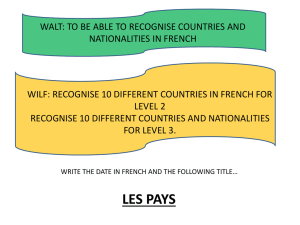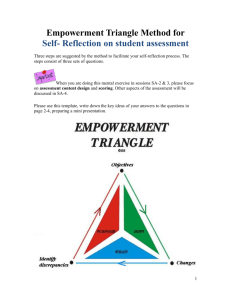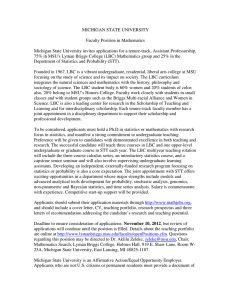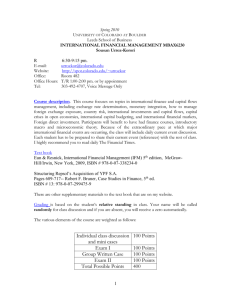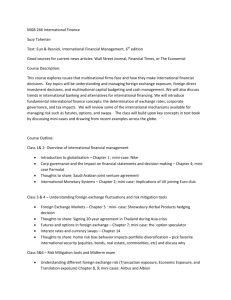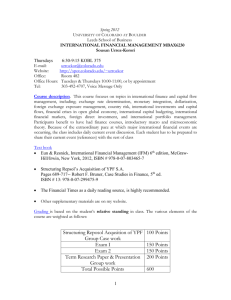Teaching Evolution Using Case Studies
advertisement
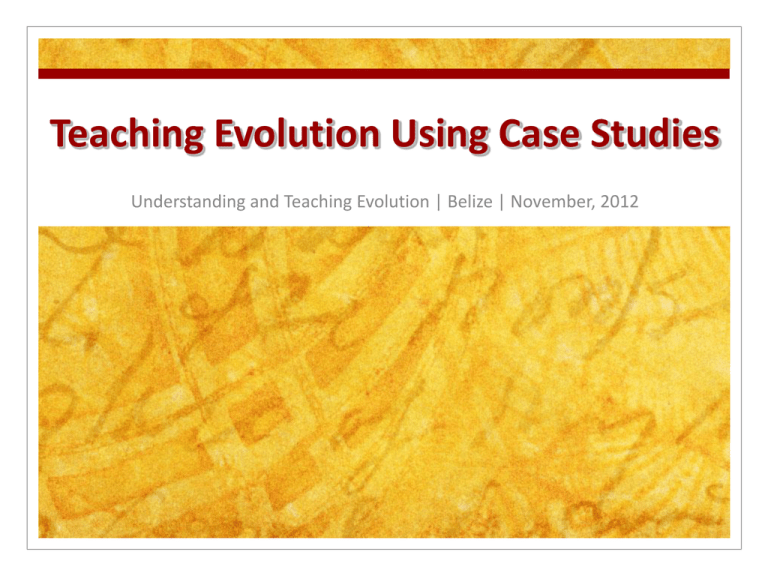
Teaching Evolution Using Case Studies Understanding and Teaching Evolution | Belize | November, 2012 What Why use them? What Do are case studies? are their limitations? you use case studies? Example (“Case Studies: A Resources and Links Case Study”) What Are Case Studies? “A story with a message” – CF Herreid (JCST, Feb. 94) A brief, real-world scenario, followed by questions, exercises, activities Many different formats, variations Used for decades in law schools, business schools, medical schools Usage in science classrooms increased dramatically in the 90s Why Use Case Studies? Less didactic, more engaging, student-active approach Emphasizes critical analysis, reasoning, higher-order thinking Promotes student interaction, builds communication skills Typically focuses on student-relevant, real-world situations Goal is not typically to teach content, although data show that learning/retention of content using this method can equal or exceed traditional (Socratic) methods Limitations of Case Studies Not necessarily the best method for conveying/teaching large amounts of facts or information (debatable?) Can be challenging (although not impossible) in large lecture settings Student reluctance Issues associated with group dynamics Instructor skill/ability with method is critical Do you use case studies? Why or why not? Examples? A Mini Case Study Mark is the starting forward and team captain of his high school basketball team. His team is playing for the state championship in a couple days. He also has two midterms next week, his girlfriend just dumped him and he just found out that his parents are getting divorced. On top of all this, he’s starting to feel under the weather, so he visits the school nurse. A Mini Case Study (cont.) The nurse explains that his immune system, and in fact all vertebrate immune systems, rely on chemicals called cytokines to function properly. Stress is known to produce chemicals called corticosteroids, which slow down or stop the production of cytokines. Consequently, stress makes him more susceptible to infections and illness. A Mini Case Study (cont.) “That just doesn’t seem fair!”, laments Mark. “The last thing in the world I need right now, when I’m already so stressed out, is to get sick! Why does this happen?!?” A Mini Case Study (cont.) QUESTIONS 1. What selective pressures might have led to the evolution of this trait in vertebrates? 2. Why do you think it has persisted in humans? 3. Predict what might happen in an individual born with a mutation that prevented normal, functional corticosteroid production. What might be the evolutionary implications of such a mutation? “Extended” Case Studies www.dnadarwin.org “Extended” Case Studies lbc.msu.edu/evo-ed Resources and Links DNA to Darwin – www.dnadarwin.org Evo-Ed: Case Studies for Evolution - lbc.msu.edu/evo-ed National Center for Case Study Teaching in Science ublib.buffalo.edu/libraries/projects/cases BioQUEST Investigative Case Based Learning www.bioquest.org/icbl/publications.php Understanding Evolution - evolution.berkeley.edu Merlot – www.merlot.org PBS Evolution: Teaching Evolution Case Studies www.pbs.org/wgbh/evolution/educators/teachstuds/ tvideos.html
